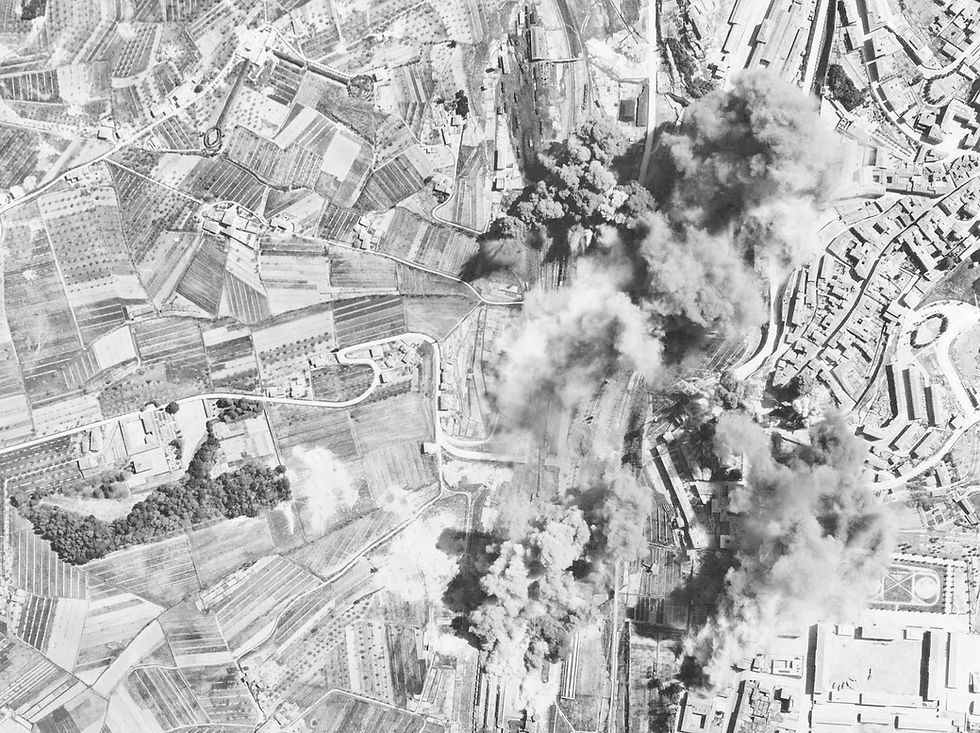
What We Offer
When many people look in their family's history, they find that an ancestor served in one of the armed forces and would like to know more. The Australian Government keeps detailed records of their citizen's military service but these records can be hard to find and are not easy to understand; they are written in military jargon with lots of abbreviations. In addition, a detailed knowledge of locations of units and squadrons at the time the record was written is necessar to correctly interpret it.
For example, if the former Air Force member's record states that they were posted to No 12 Squadron on 6 February 1939, this will not mean much to a researcher unless they know something about that squadron and its location.
To assist family history researchers with their endeavours, the services and products listed below can be provided by Silver Wings Historical Services.
SERVICES
-
We can retrieve and research a former Air Force member’s records, producing a one-page summary or a multi-page report of their service in the Air Force, giving dates of postings, promotions and training undertaken. The length of the multi-page report will depend on the length of service and the number of events that occurred but will be around 5 to 10 pages. An example of the summary and multi-page report for a typical Air Force member during WWII are shown at the end of this section.
-
We can research and draft a report on a specific Air Force event such as a squadron’s role in a battle or a peacetime operation which may be useful background information for the writer of film script or book. For example, an author may request a summary of Air Force missions flown during the evacuation of Darwin after Cyclone Tracy or during the Battle of Long Tan in Vietnam.
-
We can provide a summary of evidence to support an application for service medals or veterans’ entitlements, providing, of course, that such evidence can be located.
-
Questions can be answered on historical Air Force aspects such as aircraft capabilities, squadron or unit roles, and Air Force uniforms.

Examples of Reports on Former Air Force Members
One-Page Summary on Edwin Atholwood Day
Edwin Day was born in Adelaide in 1922 but later moved to Townsville, QLD where he did all his schooling.
After working as an insurance clerk in Sydney, he was enlisted in March 1941 to be trained as aircrew and underwent his initial training at RAAF Bradfield Park in Sydney. During this training he was selected to train as a wireless operator/air gunner....
Multi-Page Report on Edwin Atholwood Day
Edwin Day was born in Adelaide in 1922 but later moved to Townsville, QLD where he did all his schooling.
On 31 March 1942, Edwin reported to the RAAF Recruiting Centre at Woolloomooloo in Sydney for enlistment as trainee aircrew in the Air Force. At the age of 19, he was enlisted in the Air Force with the rank of Aircraftman Class 2 (AC2) and was allocated the service number of A403913......
Applications

Australians who served their country in a combat area may be entitled to campaign medals or may be eligible for veterans’ pensions or medical services. Applications for these benefits usually need to be made by the person who served or their next-of-kin. New applications or requests to have previous decisions reviewed have a greater chance of success if they are supported by evidence of service in the combat zone.
Veterans' Entitlements
Department of Veterans’ Affairs (DVA) provides support services to Australian veterans. See their website (www.dva.gov.au) for information on how to apply for support. A number of ex-service organisations have people who will assist veterans and their families to apply for support. These people are called ‘advocates’ and a guide to finding an advocate is on the DVA website, www.dva.gov.au/get-support/advocacy-representation-advice/what-advocate.
If an application to DVA for support services has been rejected on the grounds of insufficient evidence that the applicant served in a combat area, contact Silver Wings using our Contact Form on this website to see if we can help with locating the necessary evidence.
Decorations and Medals
Department of Defence website (www.defence.gov.au/adf-members-families/honours-awards/medals ) contains all the qualifying criteria for decorations and medals issued to Australian military personnel. Note that until 1975, decorations and medals for Australians were awarded under regulations determined by the British Government and were called Imperial Awards. From 1975 onwards, the Australian System of Honours and Awards came into use and replaced the Imperial Awards.
Silver Wings Historical Services is unable to assist with applications for decorations or medals for bravery or meritorious service. However, for medals that are awarded for service in a warlike or non-warlike environment, Silver Wings may be able to assist with locating evidence that a person served in a particular area. If you would like assistance with an application for a medal, contact Silver Wings using our Contact Form on this website.